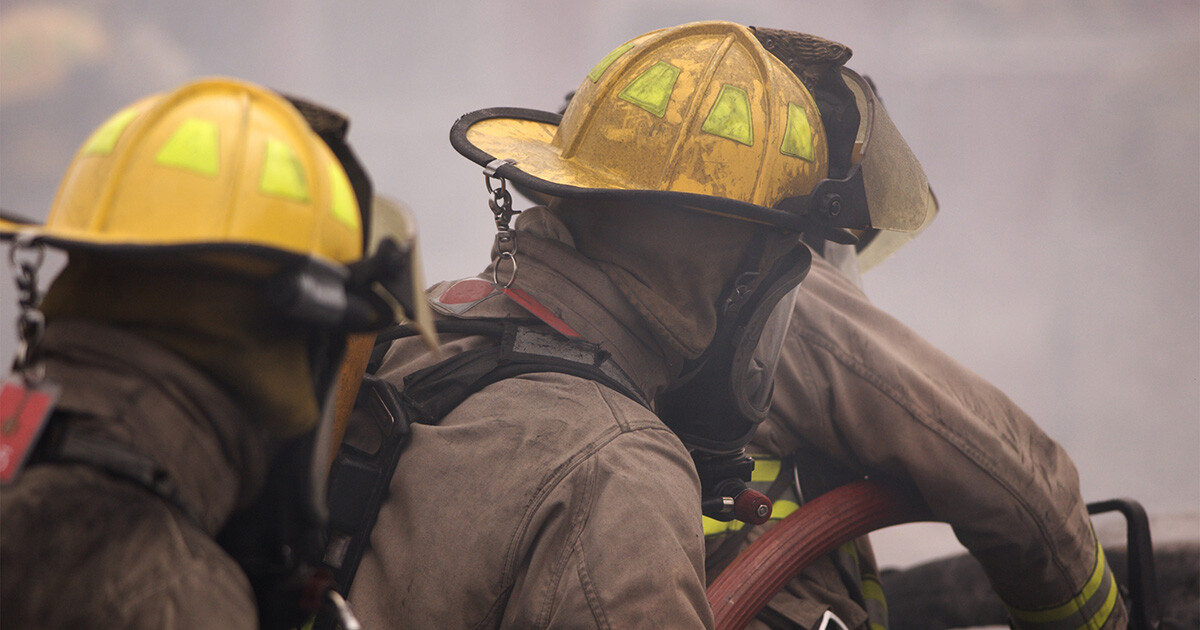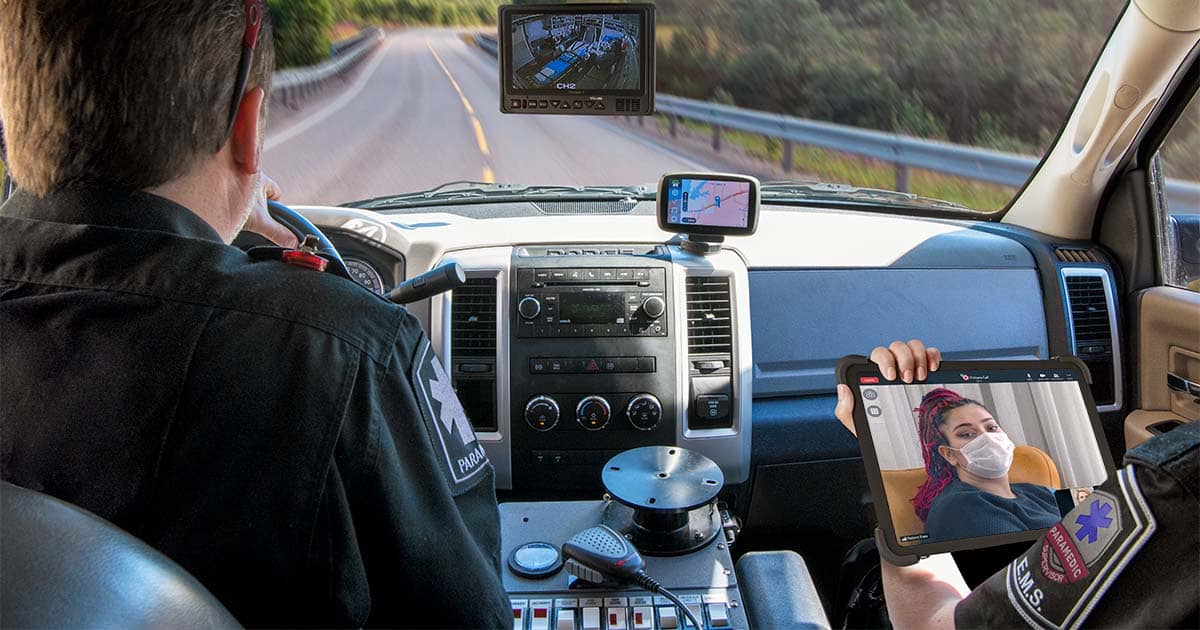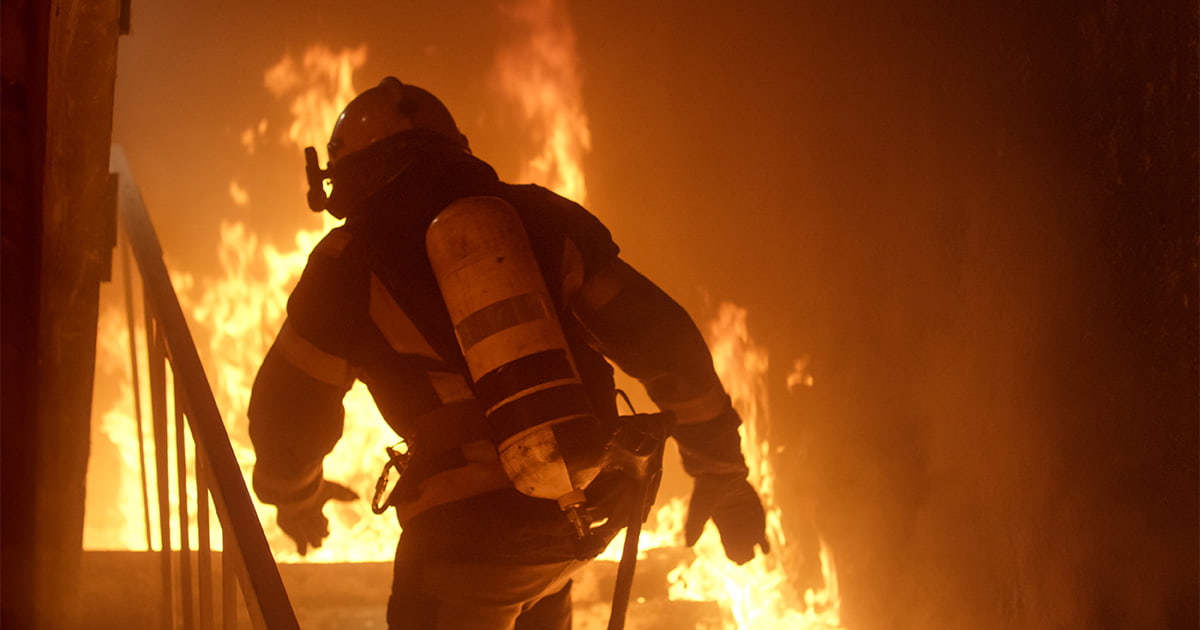Command Drills for Every IC
Editor's Note: In October 2024, FireRescue1 released their annual digital edition, Fire Command Ready: Build Your Command Confidence, proudly...
2 min read
 Team Pulsara
:
Jul 26, 2018
Team Pulsara
:
Jul 26, 2018
![How the Optimism Divide Between Leaders, Providers Will Shape EMS’ Future [2018 EMS Trend Report - An Introduction]](https://www.pulsara.com/hubfs/medic-jamie.png)
EDITOR'S NOTE: This week, ahead of the Pinnacle EMS Conference in Phoenix, AZ, EMS1, Fitch & Associates, and the National EMS Management Association released their third annual EMS Trend Report, proudly sponsored by Pulsara. Because the articles and advice found within contain such critical subject matter, we've elected to publish each segment one at a time here on our blog. This week, we're bringing you an introduction to the report. Read, enjoy, share, and take to heart the following information brought to you by the most prestigious thought leaders in EMS.
ABOUT THE AUTHORS: The following EMS Trend Report introduction was authored by EMS1 editor, Greg Friese, MS, NRP and by Jay Fitch, PhD, and Guillermo Fuentes, MBA of Fitch & Associates. Greg Friese is Editor-in-Chief of EMS1.com. He is an educator, author, paramedic, and marathon runner. Ask questions or submit tip ideas to Greg by emailing him at greg.friese@ems1.com. Jay Fitch is a founding partner of Fitch & Associates, and has spent more than four decades serving the EMS community as a leader, author, speaker, educator and consultant. Guillermo Fuentes is the Fitch & Associates partner specializing in communications and technology. He previously served in operations and leadership roles in public safety in Montreal and the Niagara region of Ontario.
--
EMS professionals tend to focus on the here and now when they respond to an emergency. The incident and that patient’s injury or medical problem is their only concern until they complete their documentation and make themselves available for the next call.
An individual patient contact is a view into EMS. Aggregation of ePCR data across a service, region or state is another lens into EMS. But to fully gauge the state of EMS, it is important to look at the past, the present and future of the industry. The third year of the EMS Trend Report continues the effort of EMS1, Fitch & Associates and the National EMS Management Association to identify changes and trends over time. Some of those revelations have conformed to expectations, while others have defied predictions. This year’s EMS Trend Report is no different.
This year, the EMS Trend Report survey not only includes responses from the EMS Trend Report Cohort – a group of diverse agencies meant to serve as a stable sample of the industry – but also from more than a thousand EMS professionals.
All of us have a responsibility to the profession to propose actions EMS leaders can take to act on these revelations, differences of perception and concerns for the future.
We encourage your feedback and want to hear your thoughts on the 2018 EMS Trend Report and where the profession is going. Share this report, discuss the findings and send us your thoughts at editor@ems1.com.
• One-third of respondents said they don’t recommend EMS as a career to young people today, with low pay, physical and mental stress, and a lack of respect as some of the most commonly given reasons.
• Managers and field providers disagree on whether their organizations are adequately addressing provider safety, mental health and fatigue.
• Despite nationwide calls to abandon the term “EMS” in favor of “paramedicine,” much of the profession thinks “EMS” still describes what they do.
• Recruitment and retention of EMS caregivers are the two most critical issues facing the profession today, with reimbursement a distant third.

Editor's Note: In October 2024, FireRescue1 released their annual digital edition, Fire Command Ready: Build Your Command Confidence, proudly...

February Recap Last month, our teams attended trade shows in California, South Carolina, and New York. While our events schedule has been on the...

Editor's Note: In October 2024, FireRescue1 released their annual digital edition, Fire Command Ready: Build Your Command Confidence, proudly...